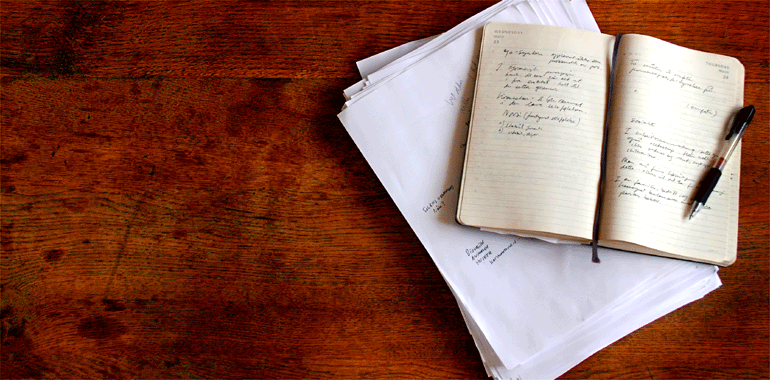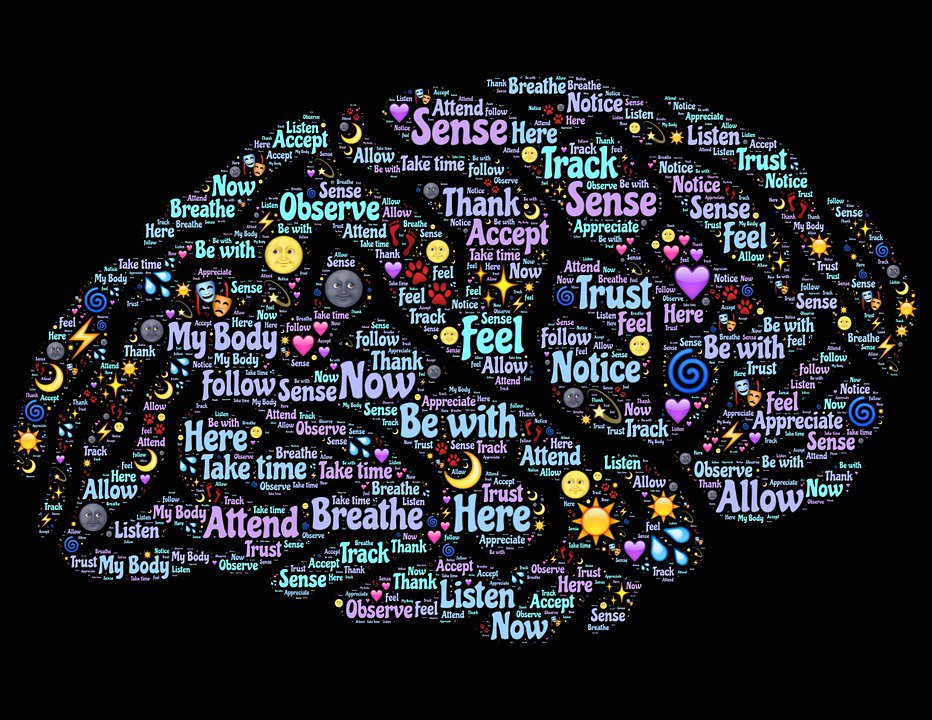Seconda prova Linguistico 2018: soluzioni inglese
Ora che la prova è giunta al termine potete controllare tutte le soluzioni:
Traccia storico-sociale, domande svolte:
- 1. Spanish and French people were The first European migrats to settle in North America were
- 2. The second wave of English immigrants went to North America to escape religious persecutions and find freedom to practice their faith
- 3. Black slaves from America were brought there against their will
- 4. In 1840 immigrants from Ireland moved to America because of a massive famine.
- 5. Many native-born U.S citizens opposed the arrival of new migrants as the new arrivals were often seen as unwanted competition for job and also because of the differences of religious beliefs.
- 6. Chinese migrant flows were restricted by law because they were blamed for a decline in wages as they were supposed to willing to work for less.
- 7. In 1890 President Benjamin Harrison designated Ellis Island, located in New York Harbour , as a federal immigrations station.
- 8. In 1890 the majority of arrivals were from Italy and Jews from Eastern Europe.
- 9. The quota system set up by the 1924 immigration Act made the immigration plummet and U.S’s foreign born population decreased.
- 10. The 1965 Immigration and National Act did away quotas so that, from then, U.S citizens were allowed to sponsor relatives from their countries of origin. As a result , the immigration patternes shifted, and today, the majority of U.S immigrants come from Asia and Latin America rather from Europe.
Traccia di letteratura, domande svolte:
- 1. The three categories of the being butler idea are: maintaining high standards, politeness and the composure in every situation.
- 2. The episode the narrator is remembering is about a butler who had followed his employer in India ; he found a tiger in the dining room and solved the problem without getting into a panic. In my opinion this episode is stereotyped and in some parts also farcical because a human being can’t have this reaction in front of a tiger.
- 3. The narrator states that “lesser butler” are like bad players in a pantomime because they can’t inhabit their professional role in every situation and their facade would drop at the first small problem.
- 4. According to the narrator the most important virtue of a great butler is to inhabit his professional role situation, also in the most difficult ones, without being influenced by any external event.
- 5. The narrator has a very high conception of his profession because he underlined many times that not everyone has the qualities to be great butler, wich are emotional restraint , the ability to maintain a professional demeanour and to control themeselves in each kind of situation.
- 6. The author creates a comparison between the great butler and a gentlemen to underline the most important virtue for a butler, inhabiting his professional role in every situation. As the gentlemen never takes off his suit, unless he is alone, also the great butler should always wear professionalism.
- 7. According to the narrator Englishemen’s advantage over foreigners as regards dignity is connected whit the fact that Englishmen are able to control their emotions in every situation while foreigners run away “screaming” at the first little problem.
- 8. Stevens uses a disparaging tone towards foreigners. In the passage this is shown firstly by the comparison between Englishmen and foreigners wich underline some qualities that- according to his opinion- only Englishmen have. Secondly this disparaging tone is conveyed also by the use of the term “breed” (line 36) with a negative connotation when it is referred to Englishmen.
- 9. With the use of disgression and mode of discourse the narrator would like to create a close realation with the reader trying to involve him as much as it is possible.
- 10. With this depiction of Englisheness the narrator wants to give a positive idea of Englishmen’s rigid manner, he tries to give a positive connection to all those qualities that are usually considered a little bit negative. An example could be the ability to control themselves that is usually considered an expression of coldness and rigidity while in this passage has a positive meaning.
Potrebbe interessarti anche:
- Seconda Prova Liceo Linguistico Maturità 2018
- Materie Seconda Prova Maturità 2018: Liceo Linguistico
- Seconda Prova Maturità 2018
Com’ è strutturata la Prova del Liceo Linguistico
Per quanto riguarda la struttura, la seconda prova Liceo Linguistico della Maturità 2018 prevede l’analisi di un brano e la stesura di un testo di 300 parole circa.
Le possibili tipologie di traccia sono in tutto QUATTRO e da alcuni anni la materia della seconda prova del liceo linguistico viene scelta direttamente dal Miur, mentre, come sappiamo, negli anni passati, ogni studente aveva la possibilità di svolgere il compito nella lingua che preferiva. La prova quindi potrebbe risultare un po’ più complessa rispetto a prima, ma non per chi si è costantemente dedicato allo studio e al ripasso del programma di inglese..
Come prepararsi al meglio?
Come prepararsi alla seconda prova di maturità del liceo linguistico? Innanzi tutto occorre ripassare bene la grammatica, per evitare commettere errori nel rispondere ai quesiti e soprattutto esercitarsi nella composizione dei testi. Sicuramente aiuterà molto allenarsi nelle diverse tipologie di prova per avere una preparazione d’ insieme e in sede d’ esame scegliere quella che più ci interessa e che ci rassicura di più.
Seconda prova linguistico: Tipologie di Prova
Vediamo adesso le varie tipologie della Prova e gli argomenti ad esse associati:
- Tipologia A, attualità:
Si tratta di leggere un testo di attualità e di rispondere ad alcune domande di comprensione del testo. - Tipologia B, storico sociale:
Il brano da analizzare riguarda tematiche storiche e sociali, dunque il linguaggio diventa un po’ più specifico e tecnico. - Tipologia C, letteratura:
Qui lo studente dovrà leggere un brano di letteratura e rispondere ad una serie di domande che ne guideranno la comprensione. - Tipologia D, artistico:
L’ultima tipologia si concentra sull’arte, e anche in questo caso bisogna leggere un brano e rispondere ad una serie di domande.



